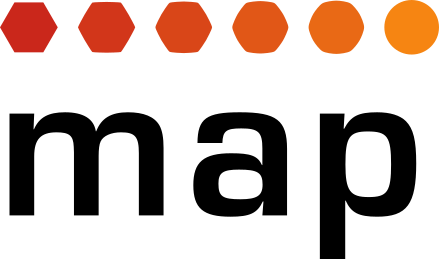Printing materials with atomic precision – MAP student publishes article
What if we could “print” materials with atomic precision—no masks, no lithography, just a nozzle guided by chemistry and motion? During my first year in the MAP program, I had the opportunity to explore this question through a research project at the Chair of Chemistry of Thin Film Materials (CTFM), which became the subject of my first co-authored publication.
My work was dedicated to establishing a process for the Atomic-Layer Additive Manufacturing (ALAM) of tin dioxide. ALAM builds on the chemical precision of Atomic Layer Deposition (ALD), but adds spatial control by delivering the molecular precursors from a nozzle moved across the substrate. This allows for localized material growth and for directly writing lines and patterns without the need for conventional lithography.
The experience closely aligned with my MAP studies in nanomaterials, nanotechnology and process engineering. More importantly, it introduced me to the collaborative rhythm of research: asking critical questions, testing ideas, and learning from interdisciplinary research. It also taught me how essential systematic, structured work is in experimental science.
I’m sincerely grateful to my supervisor Sonja Kürten, Prof. Julien Bachmann, and the entire CTFM team for the opportunity and for the supportive, interdisciplinary environment they foster.
This project has deepened my interest in electronic materials and strengthened my appreciation for interdisciplinary, hands-on learning. It reminded me that science isn’t just about precision—it’s about perspective, teamwork, communication, and staying curious.
The resulting article was published in Materials Advances, a peer-reviewed journal by the Royal Society of Chemistry that highlights innovative research across the breadth of materials science, with an emphasis on interdisciplinary and forward-looking studies.
📄 Read the full article: https://doi.org/10.1039/D5MA00182J
By MAP student Kimia Hashemizadeh (matriculation group 2023)

